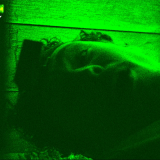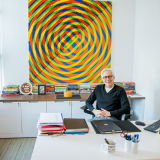
Film Studies Prof. Nam Lee quoted in the L.A. Times
February 25, 2013
Dodge College professor of Film Studies, Dr. Nam Lee, was recently quoted in an L.A. Times article on the misconceptions of the portrayal of violence in South Korean cinema and how it differs from Hollywood violence. Written by Times contributor Mark Olsen, “A world of difference in reactions over foreign, U.S. film violence” examines the portrayal of violence in global genre filmmaking and what connections, if any, real world violence shares with these onscreen depictions.
From The L.A. Times:
“Genre filmmaking helps make sense of the world, creating codes by which the seemingly irrational ways of human behavior can be understood. With storytelling modes that travel from country to country — the crime picture, the horror film, the action movie — genres cross borders and barriers with audiences the world over. On-screen violence can be seen as an international language.
When people decry or defend the graphic depiction of violence on screen, it is usually in reference to mainstream American movies. Many films from other countries are equally if not more explicit than their American counterparts, yet both in their home countries and in the U.S. they are seen in a somewhat different light. American filmmakers have in no way cornered the market for blood and action on-screen, with influence and inspiration moving in both directions.
Indeed, the borrowings between filmmaking cultures and the dynamic interplay and development of the grammar of violence on-screen creates an entirely new window through which to look at this difficult, tender subject.”
With our Busan West Film Festival just around the corner, Dr. Lee’s insight into the cultural differences between onscreen violence in Korean cinema versus American cinema couldn’t be more timely.

